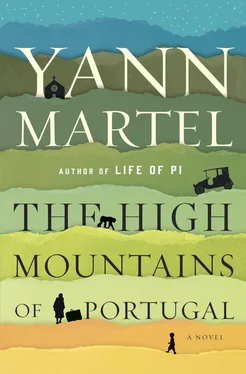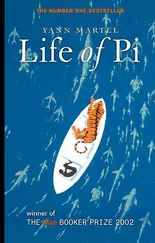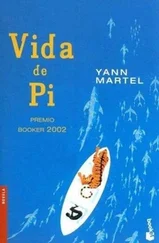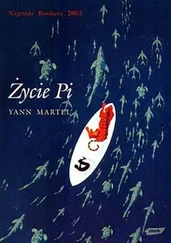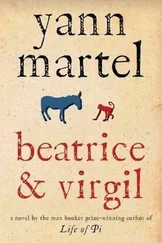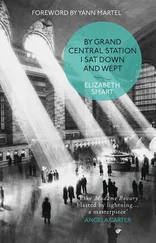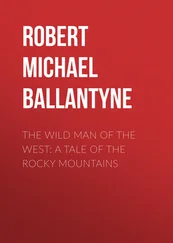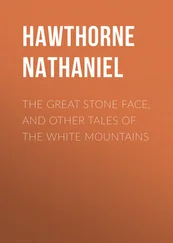Maria Castro looks at him with an expression of clear good sense and replies in a matter-of-fact tone, “Right here.”
She leans over and undoes the clasps of the suitcase. The lid falls open and the sole content of the suitcase slips out like a baby being born: the dead and shoeless body of Rafael Castro.
Eusebio peers at the body. Bodies come to their deaths in many ways, but they always come to him in the hospital in the same way: on a gurney and properly prepared, with an accompanying clinical report. They don’t tumble out of suitcases in their Sunday best. But peasants have their own customs, he knows. They live with death in ways that urban people left behind long ago. Sometimes in rural Portugal they bury their dead in old tree trunks, for example. In his long professional life he has examined a few such bodies for the purpose of determining that they died of natural causes and were buried, not murdered and disposed of. (In every instance it was a proper burial.) He has also worked on the bodies of peasants who had pins stuck under their fingernails. No cruelty, this; just a primitive method to ensure that someone was actually dead. And here was another practical peasant way of dealing with death: doing one’s own ambulance work. That must have been a lot of work for the old woman, hauling the suitcase down from the High Mountains of Portugal.
“How long has he been dead?” he asks.
“Three days,” Maria replies.
That seems about right. The winter cold of the road has done a good job of preserving the body.
“How did he die?” he asks. “I mean, was he sick?”
“Not that he told me. He was having a cup of coffee in the kitchen. I went out. When I came back, he was on the floor and I couldn’t wake him.”
“I see.” Acute myocardial infarction, cerebral aneurysm, something like that, he thinks. “And what do you want me to do with him, Senhora Castro?”
“Open him up, tell me how he lived.”
That mistake again. Perhaps an aversion to the actual word. Although, come to think of it, her way of putting it is not inaccurate. In showing how a person died, an autopsy often indicates how that person lived. Still, it’s odd. Perhaps a regional locution, born of superstition.
“You want me to perform an autopsy on your husband?”
“Yes. Isn’t that what you do?”
“It is. But you don’t order up an autopsy the way you order a meal in a restaurant.”
“What’s the problem?”
“There are procedures to follow.”
“He’s dead. What else is necessary?”
She has a point. Proper protocol or not, the body will be the same. Send her away with her suitcase, and Maria and Rafael Castro will be back the next day. In the meantime, an inn in Bragança will be displeased to find that one of its guests was a dead body. And overnight, in the warmth of a room, that body may reach the spillover point of decomposition, which will merely inconvenience him but will scandalize the innkeepers. If the couple even go to an inn. Since when have peasants had money to spend on paying accommodation? More likely she will spend the night at the train station, sitting on a bench, or, worse, outdoors in a park, sitting on her suitcase. Old Rafael Castro will not mind the cold, nor, for that matter, will his faithful wife — these ancient peasants are as rugged as the Iberian rhinoceros of yore. It’s he, Eusebio, who will mind. A piece of paper is not worth such bodily ache, not after so much heartache. And better this fresh body than the body he will otherwise have to reckon with, the woman who was thrown off the bridge.
Maria Castro looks at him, waiting for his reply. Her patience weighs on him.
He is practical in his own way. How did she put it? She got married “under the banner of Why not? ” Well, why not? This will be one to tell José about.
“All right, I’ll perform an autopsy on your husband. You’ll have to wait here.”
“Why?”
“Autopsies are not a public spectacle.”
Not true, of course. They have been a public spectacle throughout the history of medicine. But not for the general public. More for the specialized public. How else would doctors learn their trade?
“I’m not a spectator. I was his wife for sixty years. I will be there with him.”
There is a forceful finality to her last sentence, the words of a woman who has so few wants left that the ones she still has are filled to the brim with her will.
It is unseemly to argue late at night, even more so with a grieving widow. Again his practicality suggests a solution. He will stand her next to a chair. At the first cut, the one that opens the chest, she will feel faint. He will assist her to the chair, and then, when she’s recovered, bring her to his office, where he will leave her while he finishes his work.
“Very well. Have it your way, Senhora Castro. But I warn you, an autopsy, to the uninitiated, is not a pretty sight.”
“I’ve slaughtered my share of pigs and chickens. A body is a body.”
Except for the swirl of emotions, Eusebio observes to himself. We don’t love our pigs and chickens. We don’t mourn our pigs and chickens. We don’t even remember our pigs and chickens. But let her see for herself. That is the very meaning of the word “autopsy”, from the Greek, to see with one’s own eyes. She will not last. Even the toughest old peasant, placed so close to death, will want to retreat back to life. Only she must not fall and hurt herself.
“Perhaps you could help me with the body,” he says.
A few minutes later, Rafael Miguel Santos Castro is lying on his back on one of the two operating tables of the pathology department. Without any fuss, Maria Castro helps him remove all her husband’s clothes. She pats down his hair. She rights his penis, setting it straight over the scrotum. Then she surveys his body as she might her vegetable garden, pleased to see that everything is in good order.
Eusebio is unnerved. This is how he looked at a body when he was a medical student, interested, curious, game. Death was an impersonal sport. This here is her husband. He regrets his decision to allow Maria Castro to assist at the autopsy of her husband. What was he thinking? It’s the fatigue. He will not face any problems with the hospital or the medical college. There are no rules about who can assist at an autopsy. He is captain of his ship. Only this is no sight for a loved one, the raw nakedness of the man, in a setting that is necessarily cold and sterile — and that’s before he has even touched the peasant’s body with his science. How will the man’s wife react then?
He dons his apron and ties the knot. He could offer one to Maria Castro but thinks better of it. An apron will encourage her to get close.
He looks at his tray of tools. They are simple but effective: a few sharp scalpels and knives, some forceps and clamps, a pair of blunt-nosed curved scissors, a chisel, a wooden mallet, a good saw, a scale to weigh organs, a ruler clearly marked in centimetres and millimetres to measure them, a long, flat knife to slice them, sundry sponges, and needle and twine, to sew the body up afterwards. And the pail for slop, at the foot of the table. Of course his main tool is his microscope, with which he examines the slides of the biopsied and excisional specimens and the samples of body fluids. That is a key part of his work, the histological work. Under the pathologist’s microscope, life and death fight in an illuminated circle in a sort of cellular bullfight. The pathologist’s job is to find the bull among the matador cells.
He should have taken the body away and returned a few minutes later with some slides, claiming they were specimens from her husband’s body. She wouldn’t know better. Flying over these colourful landscapes using José’s two-headed microscope, he would have spouted medical hocus-pocus. Ah yes, it’s absolutely clear to me, Senhora Castro. You see the pattern here and here. It’s the classic architecture. No doubt about it. Your husband died of liver cancer. Or, since she avoided the word, he would have said that her husband lived of liver cancer. Then she would have gone away, sad but satisfied, able to move on — and spared the butchery of her husband.
Читать дальше
